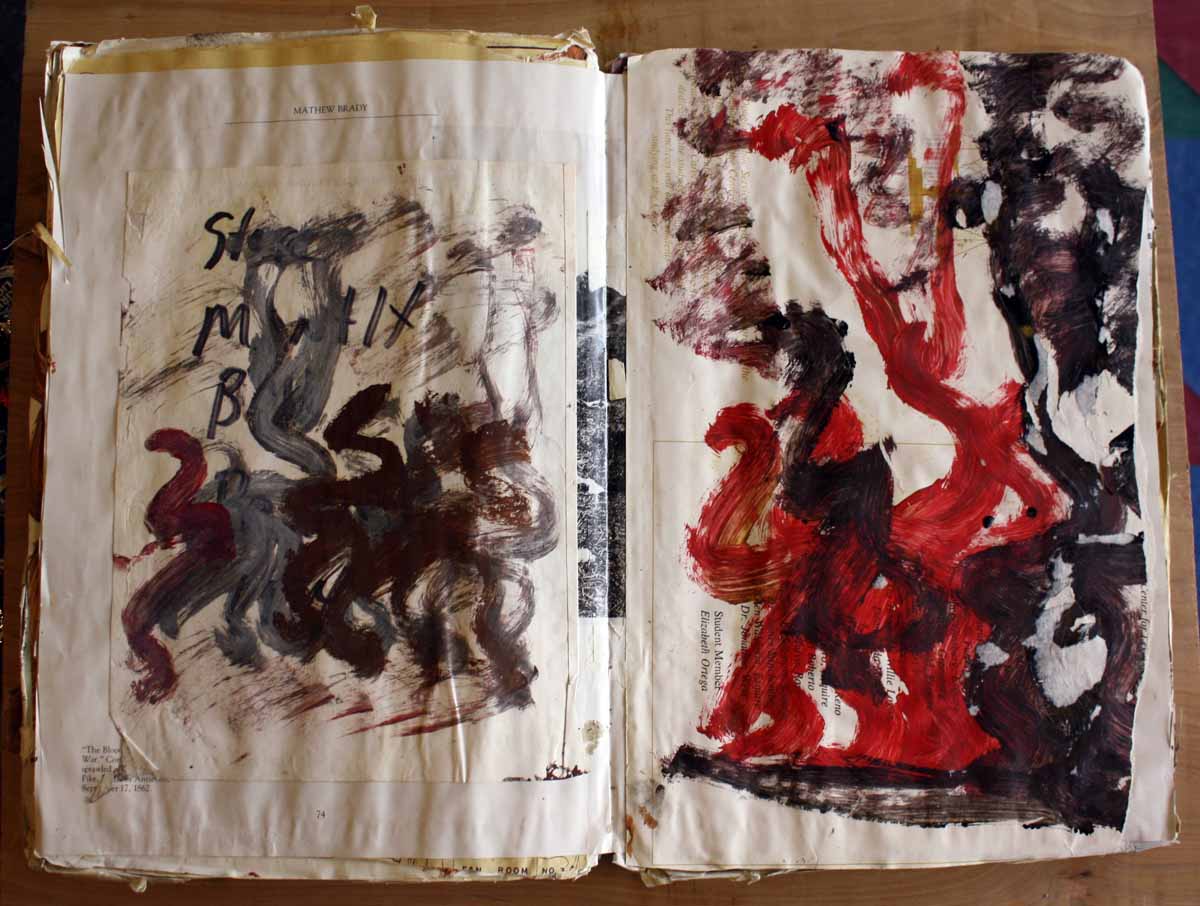
Working within the spatiotemporal field, Kimsooja’s durational performance is set on the world stage of the global city. Miami Art Museum (reopening in their new venue as the Pérez Art Museum Miami) presents “a simple, stoic gesture” with South Korean artist, Kimsooja, “using her body as a conduit for critical questioning.”
Set in Tokyo, Shanghai, Delhi, New York, Mexico City, Cairo, Lagos, and London, the eight channel, silent video installation, Kimsooja maintains a single viewpoint (looking away from the camera) down a busy street, teeming with pedestrians, Kimsooja standing erect and unmoving in the middle of the flow of humanity, and pedicabs. Most of the passersby ignore her, with the exception of Lagos, Nigeria, and to a lesser extent Mexico City, where one would assume a South Korean on the streets of an African city is mostly what got the crowds of people standing around watching her. Especially the mocking kids.
“There is a certain kind of will to sustain myself without moving,” Kimsooja says of the performances to Carlos Suarez de Jesus of the Miami New Times. Continuing, she adds, “I wanted to be a witness of the world and in a kind of way a barometer of society. My body became a symbolic needle weaving different geographies, different societies and cultures, different economies and ethnicities.”
It is a very rare occasion in Miami that we would encounter such throngs of people. It would have to be a special event. So many local people disdain walking, except on Miami Beach, and we have allowed the automobile to dictate the environment to too large an extent. But, that’s not a discussion for now.
“In human terms, mass urbanization has had its most powerful effects in the poorest parts of the world,” notes curator, René Morales. He continues, “While it is important to resist the chronic tendency to reduce the complexity of informal settlements to a single, homogenized vision of Dickensian bleakness, it is difficult not to read such mind-boggling statistics (of humanity moving away from rural to urban habitation) without being struck by the sense that we are in the midst of a crisis.”
This is more than statistics. We could just have a chart on the wall for that.
In each of the videos Kimsooja stands motionless, wearing plain gray garment with her back to the camera as a continual flow of pedestrians walks by her, with a few exceptions glancing at her singular presence.
Is this an experience that we must force ourselves to have based upon our economic status in the world? And the size of our urban environment? Unless we came here from a highly populated urban location, or travel the world to such locales, it seems unlikely we could experience this sense of dislocation. Our (local) sense of social engagement makes these videos seem very foreign. In this examination of an experiential and experimental form we find that despite our idiosyncratic impulses this art points to art and life being a social phenomenon.
Miami Art Museum
101 W Flagler St.
Miami, FL 33130
